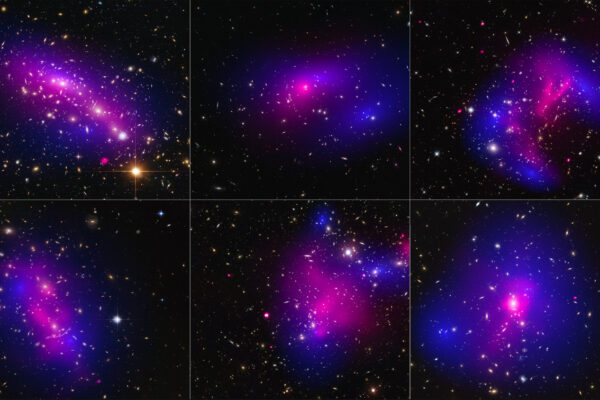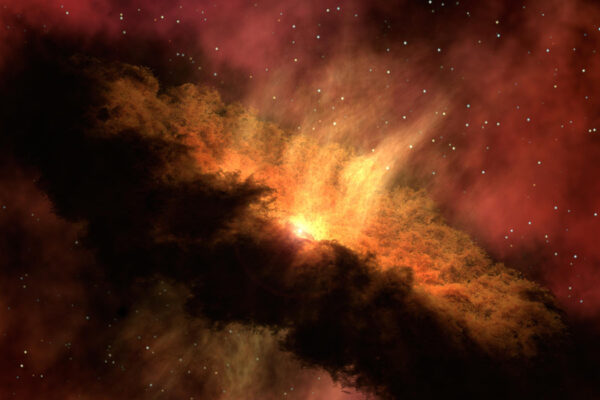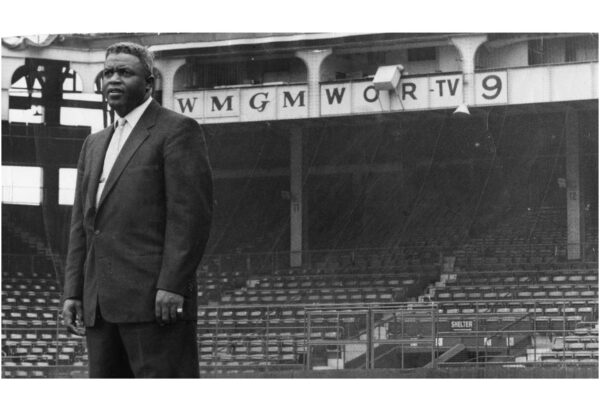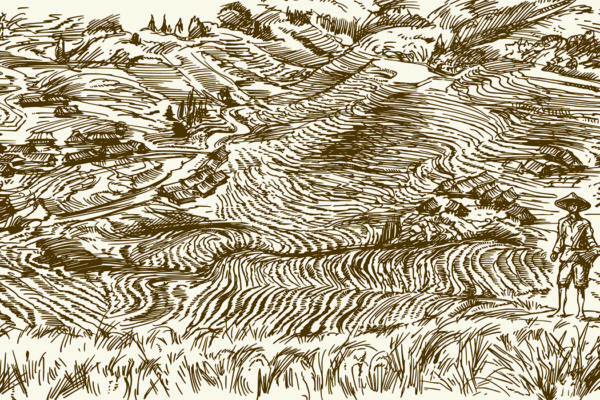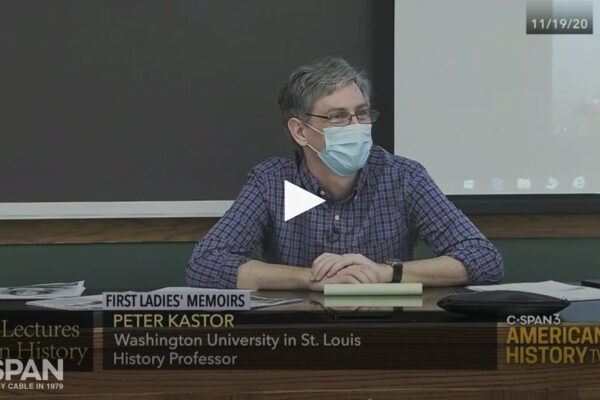Physicist Freese explores dark side of universe in McDonnell lecture
Katherine Freese, an influential scientist who is at the forefront of efforts to understand the universe as a whole, will present the McDonnell Distinguished Lecture. Her online lecture begins at 7 p.m. Thursday, March 25.
Amari receives Urey Award for career in cosmochemistry
Sachiko Amari, research professor of physics in Arts & Sciences, received the H. C. Urey Award from the European Association of Geochemistry for outstanding contributions advancing geochemistry.
‘The Dilemma of the Black Republican’
Jackie Robinson’s baseball career is synonymous with Civil Rights advancement. But his life also illuminates a period of dramatic electoral realignment.
School closures ‘sideline’ working mothers
New research shows that the gender gap between mothers and fathers in the labor force has grown significantly since the onset of the pandemic, especially in states where elementary schools primarily offered remote instruction.
When using pyrite to understand Earth’s ocean and atmosphere: Think local, not global
Scientists have long used information from sediments at the bottom of the ocean to reconstruct conditions in oceans of the past. But a new study from David Fike, professor of Earth and planetary sciences in Arts & Sciences, raises concerns about a common use of pyrite for this purpose.
Under climate stress, human innovation set stage for population surge
Anthropologist T.R. Kidder in Arts & Sciences published new research that shows that aridification in the central plains of China during the early Bronze Age did not cause population collapse. The results highlight the importance of social resilience to climate change.
New ‘Musical Lunch Box’ event Feb. 26
Six students from the Department of Music in Arts & Sciences will perform works by Beethoven, Debussy, Chopin, Schumann and Liszt at noon Friday, Feb. 26, as part of the department’s new “Musical Lunch Box” series. Intended to simulate the live concert experience, the performance will be filmed in a single take from the 560 Music Center’s E. Desmond Lee stage.
Trust your gut: A healthy sense of disgust can prevent sickness
New research, published in the Proceedings of the National Academy of Sciences Feb. 15, suggests that disgust could be the body’s way of helping people avoid infection.
Kastor featured on C-SPAN’s ‘Lectures in History’
Peter Kastor, the Samuel K. Eddy Professor and chair of history in Arts & Sciences, was featured on C-SPAN’s “Lectures in History.”
Baseball finally integrates its record book
Gerald Early answers what the big deal is about including baseball stats from the Negro Leagues in Major League Baseball records.
View More Stories
